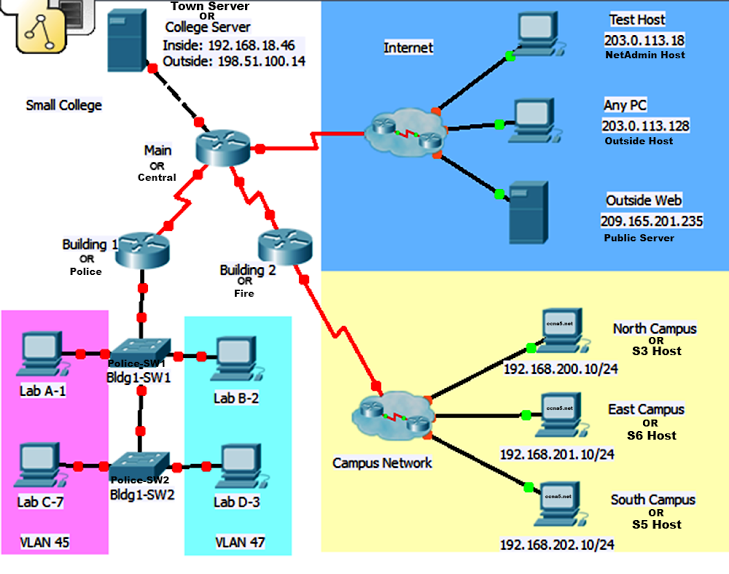
Init state – a router has received a Hello message from the other OSFP routerĢ. OSPF neighbor statesīefore establishing a neighbor relationship, OSPF routers need to go through several state changes. A dead timer is four times the value of the hello interval, so if a routers on an Ethernet network doesn’t receive at least one Hello packet from an OSFP neighbor for 40 seconds, the routers declares that neighbor to be down. The following fields in the Hello packets must be the same on both routers in order for routers to become neighbors:īy default, OSPF sends hello packets every 10 second on an Ethernet network (Hello interval).

using the highest IP address of the router’s physical interfaces. using the highest IP address of the router’s loopback interfaces.ģ. using the router-id command under the OSPF process.Ģ. A router ID is determined by using one of the following:ġ. Each OSPF router is assigned a router ID. In the example above, you can see that the router-id of R2 is 2.2.2.2. You can verify that the neighbor relationship has indeed been established by typing the show ip ospf neighbors command. After OSFP is enabled both routers send Hellos to each other to establish a neighbor relationship. Routers R1 and R2 are directly connected. The process is explained in the following figure: Hello packets are sent to the multicast IP address of 224.0.0.5.

OSPF neighbors are dynamically discovered by sending Hello packets out each OSPF-enabled interface on a router. OSPF routers need to establish a neighbor relationship before exchanging routing updates.

Here are the most important features of OSPF: OSPF will run on most routers that doesn’t necessarily have to be Cisco routers (unlike EIGRP which can be run only on Cisco routers). Because it is an open standard, it is implemented by a variety of network vendors. OSPF (Open Shortest Path First) is a link state routing protocol.


 0 kommentar(er)
0 kommentar(er)
